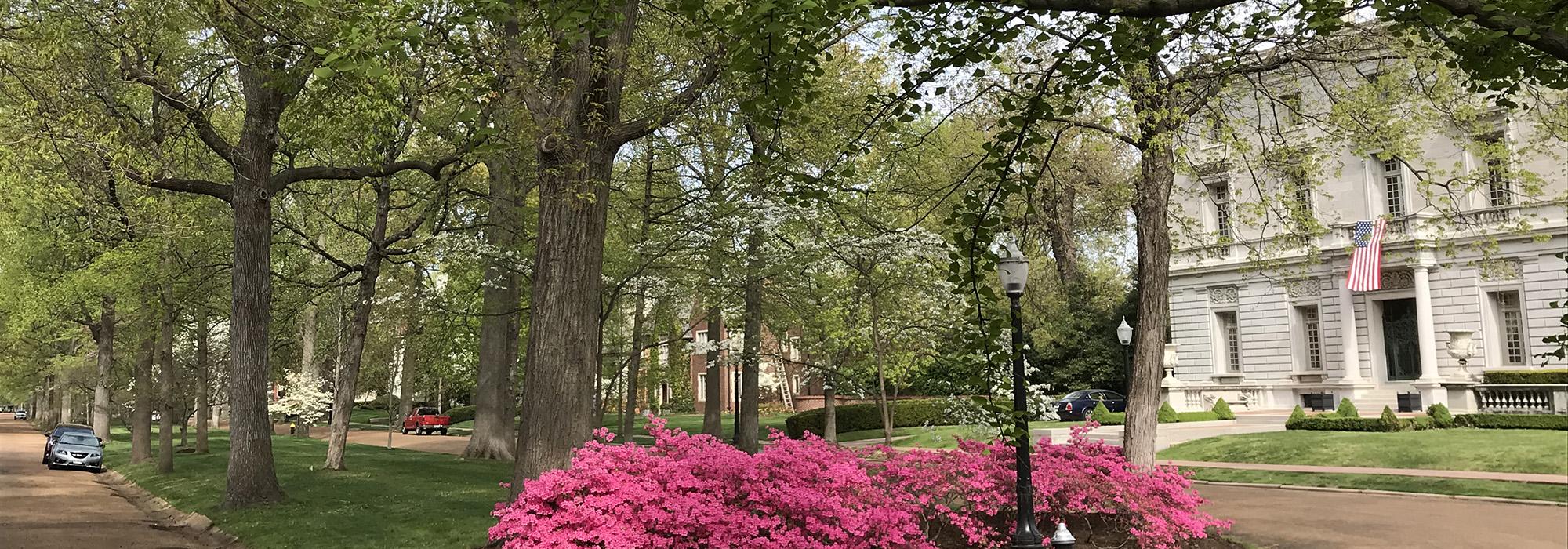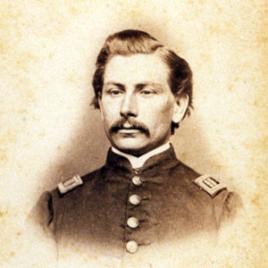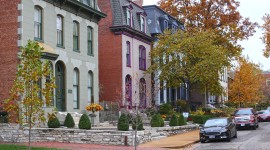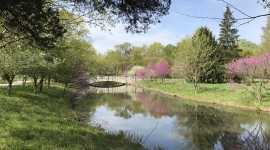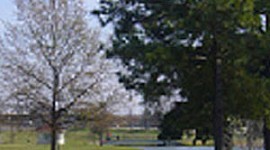Pioneer Information
Born in Prussia, Pitzman immigrated to the United States as a young man and eventually settled in St. Louis, Missouri, in 1854. He worked with his brother-in-law, successful surveyor and engineer Charles Salomon, before establishing his own private practice in 1860. During the Civil War, Pitzman served under both William Sherman and Ulysses Grant, and his surveying and mapmaking skills made him a highly regarded officer. After the war, he returned to his practice in St. Louis and gained a reputation for precise and detailed survey work. In October 1863 he was elected county surveyor and over the next decade was responsible for surveying much of the area in and around St. Louis. Beginning in 1867, Pitzman began work on a succession of private residential developments. He surveyed the sites, laid out the streets and lot lines, and helped establish the regulations that would govern the developments; he was also an occasional investor, and trustee. Most of the 47 private places he designed featured a combination of ornate masonry gateways, semi-circular entrances, parks, and parkways. Upon his return from an 1874 trip to study European parks and gardens, the county hired Pitzman to survey an undeveloped tract west of the city that totaled over 1,300 acres. Pitzman was then instrumental in convincing the local government to turn the site into Forest Park. As chief engineer for the project, Pitzman played a substantial role in developing Forest Park 's plan, working alongside the main designer Maximillian G. Kern. When the city and county governments were separated in 1876, Pitzman became city surveyor and engineer. Outside St. Louis, he undertook several projects in East St. Louis and laid out the rectilinear plan for Granite City , Illinois , an industrial town founded in 1896 by an enamelware manufacturer. In addition, he designed City Park in Little Rock, Arkansas, and the 1884 West Side Park racetrack in Nashville (on property that is now part of Centennial Park). Julius Pitzman died in 1923 at the age of eighty-seven.



